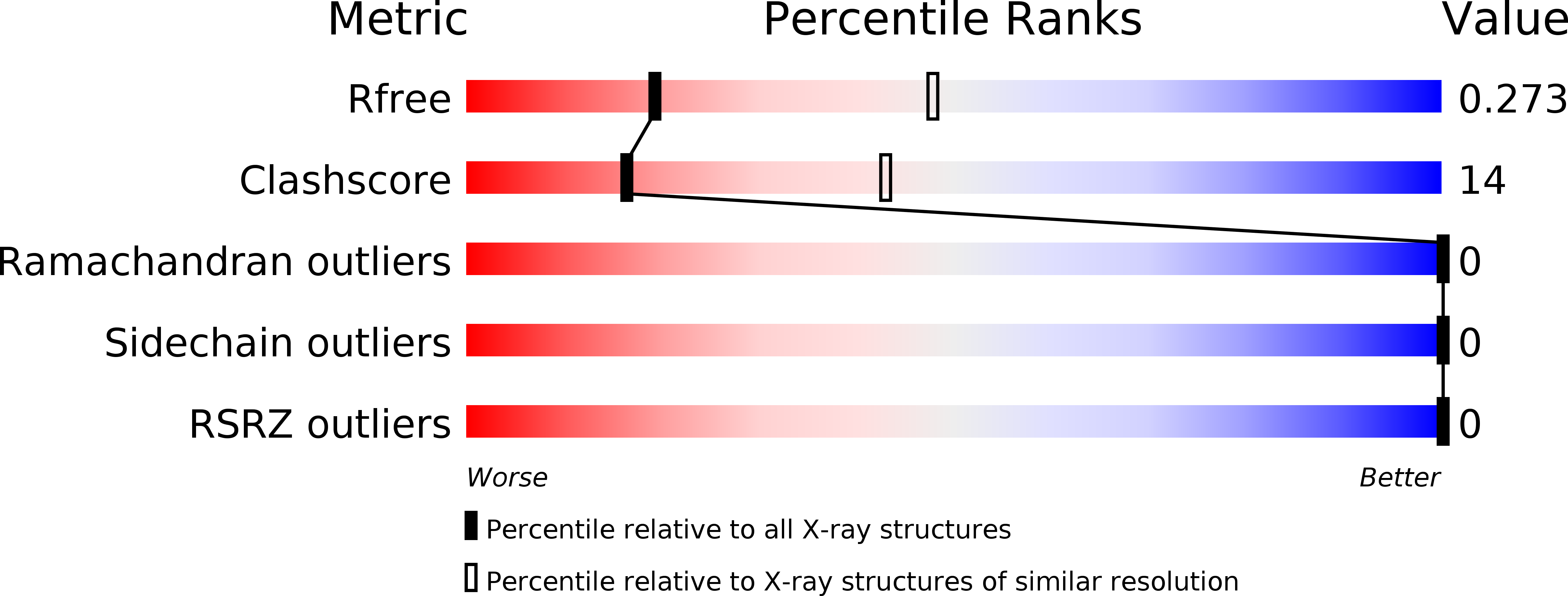
Deposition Date
2013-04-23
Release Date
2014-04-02
Last Version Date
2023-09-20
Entry Detail
PDB ID:
4KBO
Keywords:
Title:
Crystal structure of the human Mortalin (GRP75) ATPase domain in the apo form
Biological Source:
Source Organism:
Homo sapiens (Taxon ID: 9606)
Host Organism:
Method Details:
Experimental Method:
Resolution:
2.80 Å
R-Value Free:
0.27
R-Value Work:
0.21
R-Value Observed:
0.22
Space Group:
P 21 21 21


